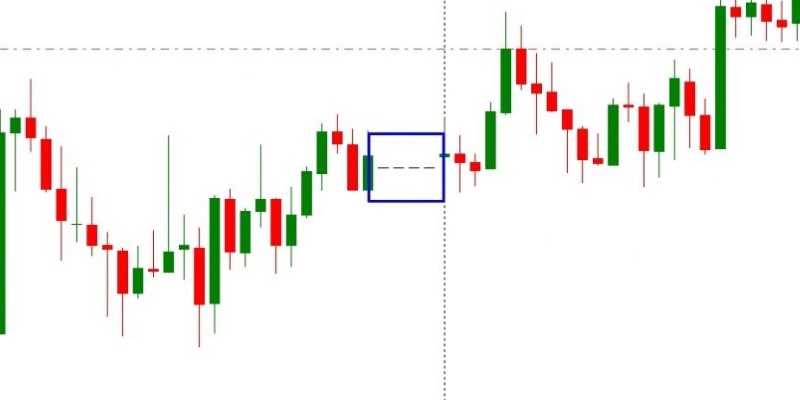When Can You Lose Your 401(k) Rights
Oct 24, 2023 By Susan Kelly
The fundamentals of 401(k) plans are well known; an employee's company deducts a certain amount of money from each paycheck before taxes are applied, and the employee then invests those funds. Your company may also contribute to your 401(k), and you get to pick what portion of your earnings goes there.
The accumulation of funds is tax-deferred until retirement when a predetermined amount must be withdrawn and taxed annually. However, the average person has a limited understanding of their 401(k) rights when it comes to unusual circumstances.
When Changing Employers, Your 401(k) Plan

Under specific conditions, as outlined by the IRS, your former employer may be permitted to withdraw from your 401(k) account after leaving the firm. Your company can provide a cheque for the difference if it's less than $1,000. If this occurs, immediately transfer all of your funds to an IRA (IRA).
In most cases, you only have 60 days before it's declared a withdrawal and are subject to taxes and penalties. Taxes have been deducted from the total amount of the cheque. When you reactivate your account, you will be able to make a payment.
Thresholds
The amounts at which these compelled cash-outs, also known as obligatory distributions, become available vary from one employer to the next. If your firm does mandate cash withdrawals, the maximum amount that can be demanded is $5,000. Following the plan's terms, your employer will transfer your balance if you do nothing to stop them. The plan sponsor must provide you with advance notice of any such transfer.
Another caveat

Money from your former employer may only be put into your 401(k) after you've been out of work for five years. Let's pretend that you deposited $8,000 from your prior job into your 401(k) and made additional contributions totalling $4,000.
With a 401(k) balance of $12,000 and just $4,000 coming from your current employer, you would be eligible to have the rest of your Money transferred to a forced-transfer IRA.
Companies use these policies not out of malice but rather to save money on the administrative overhead of handling employee accounts. Furthermore, they take on additional legal liability with each account they handle. Many businesses would prefer not to have to pay or otherwise deal with former workers.
Suggestions For Delaying a 401(k) Distribution
If you need to withdraw funds from your 401(k) but aren't eligible for some of the more common early withdrawal options (such as the rule of 55 or simplified employee pension plans), you still have a few options (k).
Consider a 401(k) Loan
If you take out a 401(k) loan and pay it back within five years, you won't have to pay any borrowed taxes or penalties. When taking out a 401(k) loan, you can borrow up to the lesser of $50,000 or half of your vested account balance.
For instance, a loan used for a down payment on a house can have a more forgiving repayment schedule than one used for business purposes.
However, 401(k) loans are not without significant restrictions. If you quit your job for whatever reason, the loan must be repaid in full no later than the following Tax Day. In that case, the loan would be viewed as an early withdrawal and subject to the same taxes and penalties.
Intense Withdrawals
In the event of an "immediate and heavy" financial need, you may be eligible to withdraw funds from your plan without penalties. Early withdrawal penalties may be avoided under certain circumstances; however, not all hardship withdrawals are permitted by all plans.
If you think you could qualify for a hardship withdrawal without incurring any fees, you should contact your company's human resources department as soon as possible.
Risks of an Early 401(k) Withdrawal
Potential problems might arise due to withdrawing from your retirement account before you actually retire, the most obvious of which is the 10% early withdrawal penalty. Stiger claims that the largest problem is the compounding return reduction.
Stiger warns that if you forego tax-deferred or tax-free compounding, "you forfeit the potential to gain from such compounding." "The power of compounding," where profits aggregate to create still greater earnings over time, is lost when Money is withdrawn before its time.
The Verdict
The 401(k) plan regulations are not always easy to decipher. So that neither you nor your employer is taken advantage of, it is in your best interest to learn as much as possible about these rules.

A Beginner's Guide to the 6 Most Popular Currencies for Trading

See: How Do Dividends Affect the Balance Sheet?

What Is A Trust Fund, And How To Set Up A Trust Fund

How Excess of Loss Reinsurance Operates in the Insurance Industry?

The 10 U.S. cities with the most population in 2022

A Comprehensive Overview of Setting Up a Special Needs Trust

Doji Candlesticks: Unlocking Market Insights Through Indecision

Bilateral Trade Agreements and Their Importance in the World Economy

10 Strategies for Avoiding Taxes When Receiving a Lump Sum Pension Payment

